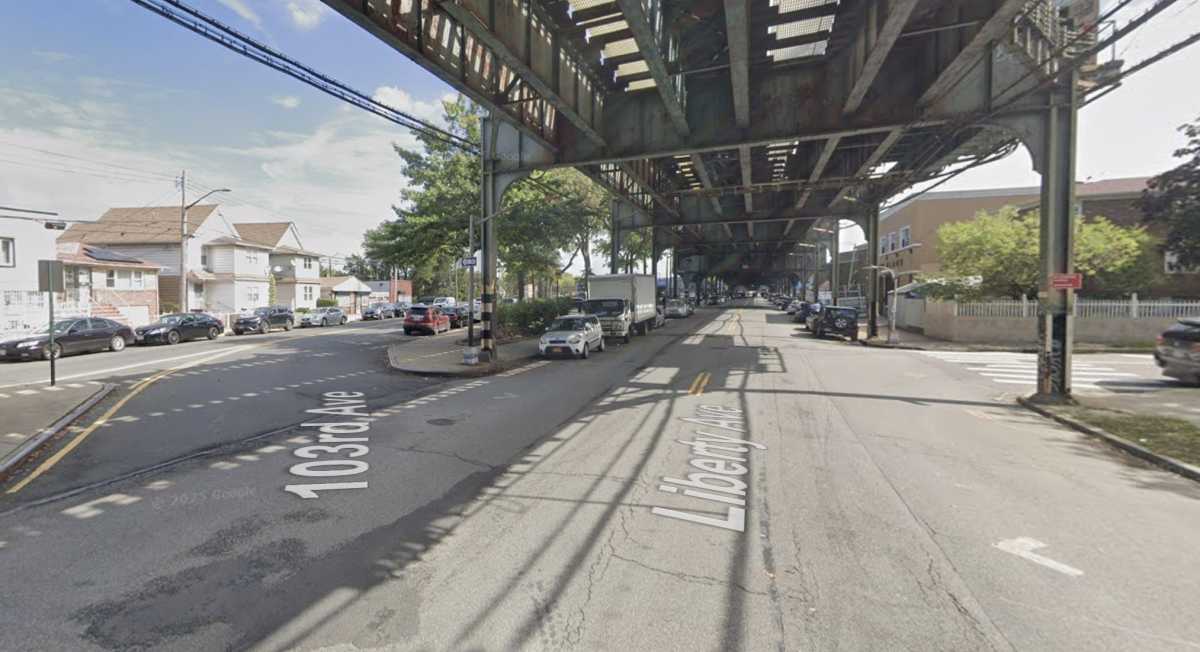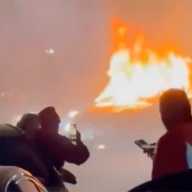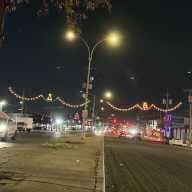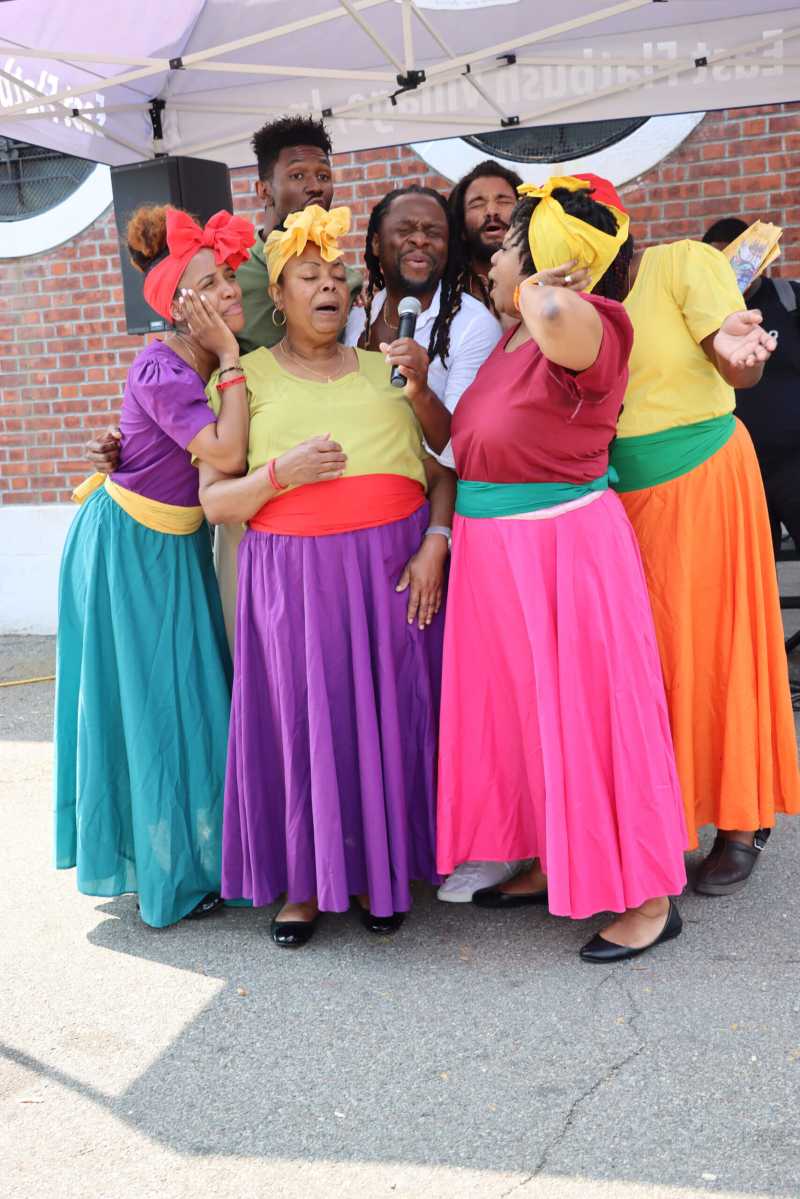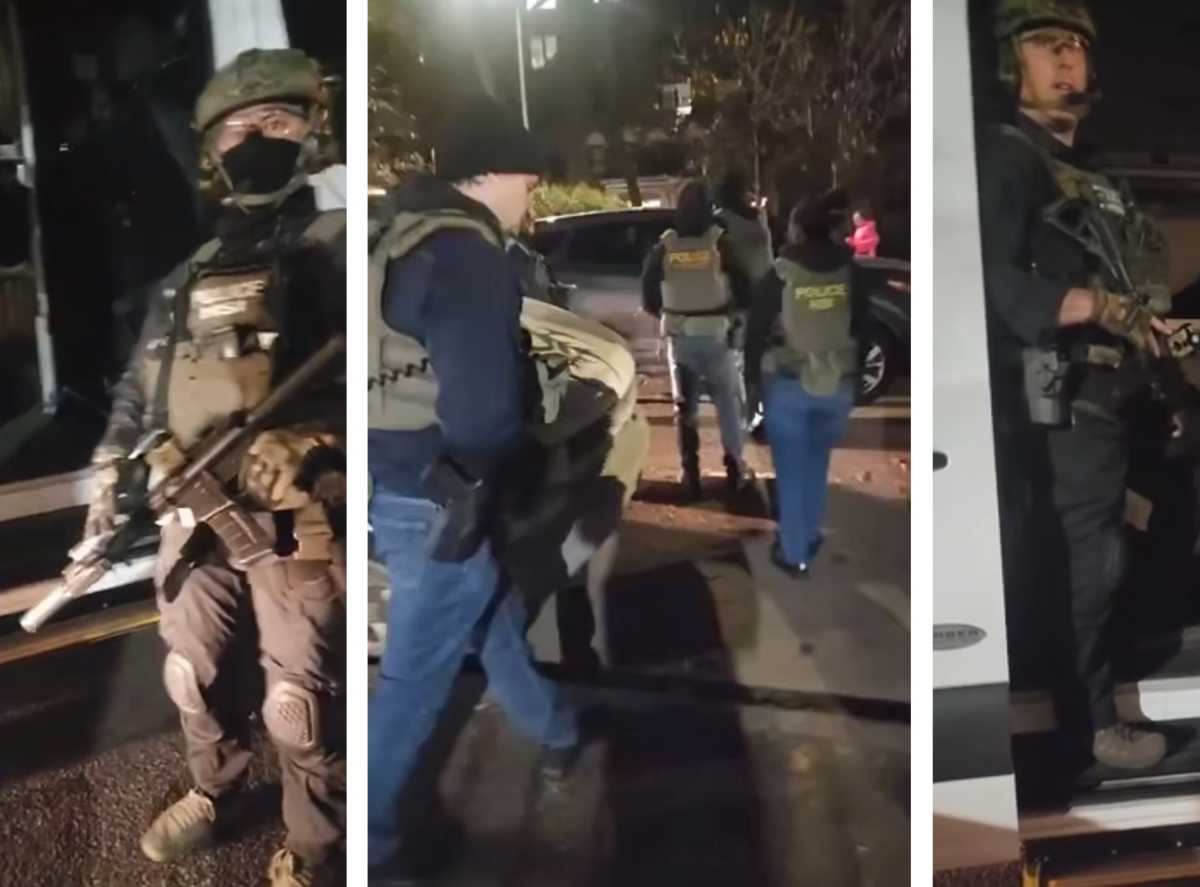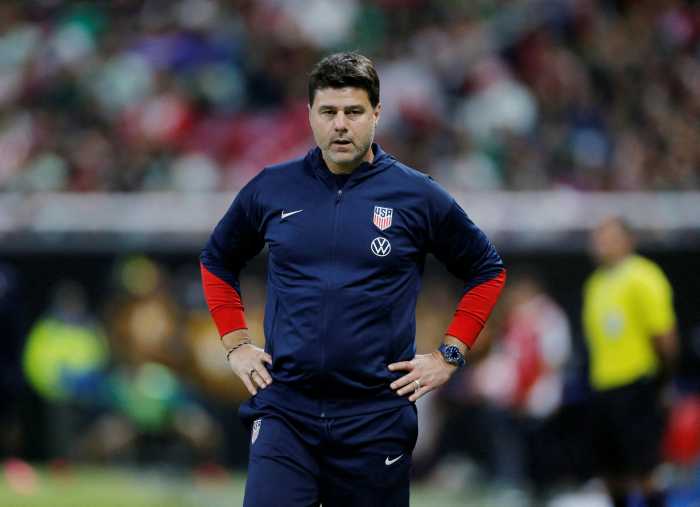In less than a week, the H1N1 virus, or swine flu, has taken the life of a Queens assistant principal and has caused the city’s Department of Health to temporarily shutter 22 city schools, 20 of which are in Queens. Preliminary lab results from a toddler who died of flu-like symptoms Monday, May 18 came back negative for H1N1, though further tests will be conducted.
The two-week lull that followed the reopening of St. Francis Preparatory High School and P.S. 177 – the Queens schools that first experienced H1N1 outbreaks – ended Thursday, May 14, with the Department of Health and Mental Hygiene (DOHMH) calling for five-day closings of three schools in Queens. That announcement was followed by more closings on Friday, May 15, Monday, May 18 and Tuesday, May 19.
In all, the DOHMH has recommended the closing of 16 school buildings, some of which house more than one school, bringing the total number of schools closed by the agency to 22. The agency said all additional closings are of the schools’ own accord, which suggests that the reported shuttering of private schools in Manhattan, Queens and the Bronx in recent days were voluntary.
Mitchell Wiener, the assistant principal of I.S. 238, died of complications caused by H1N1 just two days after his Hollis school was closed due to an outbreak. The following night, Monday, May 18, a 16-month-old from Corona with a fever and flu-like symptoms was admitted to Elmhurst Hospital Center, where he later died.
According to Atiya Butler, Elmhurst Hospital’s assistant director of external affairs, the hospital has recently seen a substantial increase in pediatric emergency room (ER) visits. Whereas the previous record for one-day visits was around 260 children, Elmhurst’s ER handled over 400 pediatric cases on May 18, the day the toddler, Jonathan Zamora Castillo, was admitted.
While the DOHMH said nasal swabs from Castillo did not indicate H1N1 infection, tissue specimens from the autopsy have been sent to the Centers for Disease Control and Prevention for a definitive analysis.
Despite the fact that cases of the virus have yet to be confirmed in some of the schools closed by his agency, DOHMH Commissioner Thomas Frieden admitted on May 18 to seeing “a rising tide of flu in many parts of New York City.”
“As the virus spreads,” Frieden said, “we will look to slow transmission within individual school communities by closing individual schools.”
The first wave of schools to close included Hollis’ I.S. 238, I.S. 5Q in Elmhurst and P.S. 16 in Corona, which shares its building with two dozen students of Q255. That announcement was followed by the shuttering of JHS 74Q in Bayside, P.S. 107Q in Flushing and I.S. 318K in Williamsburg, Brooklyn; M.S. 158Q in Bayside, Our Lady of Lourdes in Queens Village and the Q025 building in Flushing, which houses I.S. 25Q, the World Journalism Preparatory and Q233; P.S. 19 in Corona, P.S. 32 in Flushing and Whitestone’s Q209 building, home to P.S. 209 and P9; and P.S 130 in Lower Manhattan, P.S. 35 in Hollis and Jamaica’s Merrick Academy Charter School. Most recently, the DOHMH and the Department of Education (DOE) ordered the closing of P.S. 242 in Flushing and Bayside’s P.S. 130, which includes part of P.S. 993.
The DOHMH – which decides to close schools based on the number of children documented with flu-like symptoms and fever and the number of absences recorded – has acknowledged the “significant disruption” caused by the closings, and said all schools will remain closed for at least five days as cleaning crews sanitize them.
The agency said that while the symptoms of the H1N1 virus seem to resemble those of seasonal flu, H1N1 appears to spread more extensively, at least in schools. The DOHMH explained that it recommends closures “in an effort to slow transmission in that school and minimize exposure to students and staff and their household contacts with underlying medical conditions.”
The city-mandated closures affect more than 16,000 students, around 13,600 of who attend schools in Queens.
“School closures are a difficult decision, but our first priority is the health of our students,” Schools Chancellor Joel Klein said in announcing the May 15 closings.
Meanwhile, Mayor Michael Bloomberg announced on Tuesday, May 19 that an outbreak of swine flu had occurred at the Riker’s Island jail complex, with four confirmed and four likely cases of the virus.
Two days earlier, on May 17, amid growing concern regarding the spreading of the virus, Bloomberg and Klein expressed their condolences to the family of Mitchell Wiener and the I.S. 238 community.
In a statement, Bloomberg called Mitchell Wiener a “well-liked and devoted educator” and said, “his death is a loss for our schools and our city.”
The DOHMH lists symptoms of the H1N1 virus as fever, cough, sore throat, body aches, headache, chills and fatigue, and notes that some people have also reported diarrhea and vomiting. The agency urges New Yorkers experiencing severe symptoms, such as difficulty breathing, to seek health care and treatment.
“As we have said from the outset of the appearance of H1N1 in our city last month, we will share with New Yorkers what we know and not speculate on what we don’t know,” Bloomberg said, in announcing the closing of the first three Queens schools on the 14th.
Read related article: I.S. 238 & community weep for flu victim







